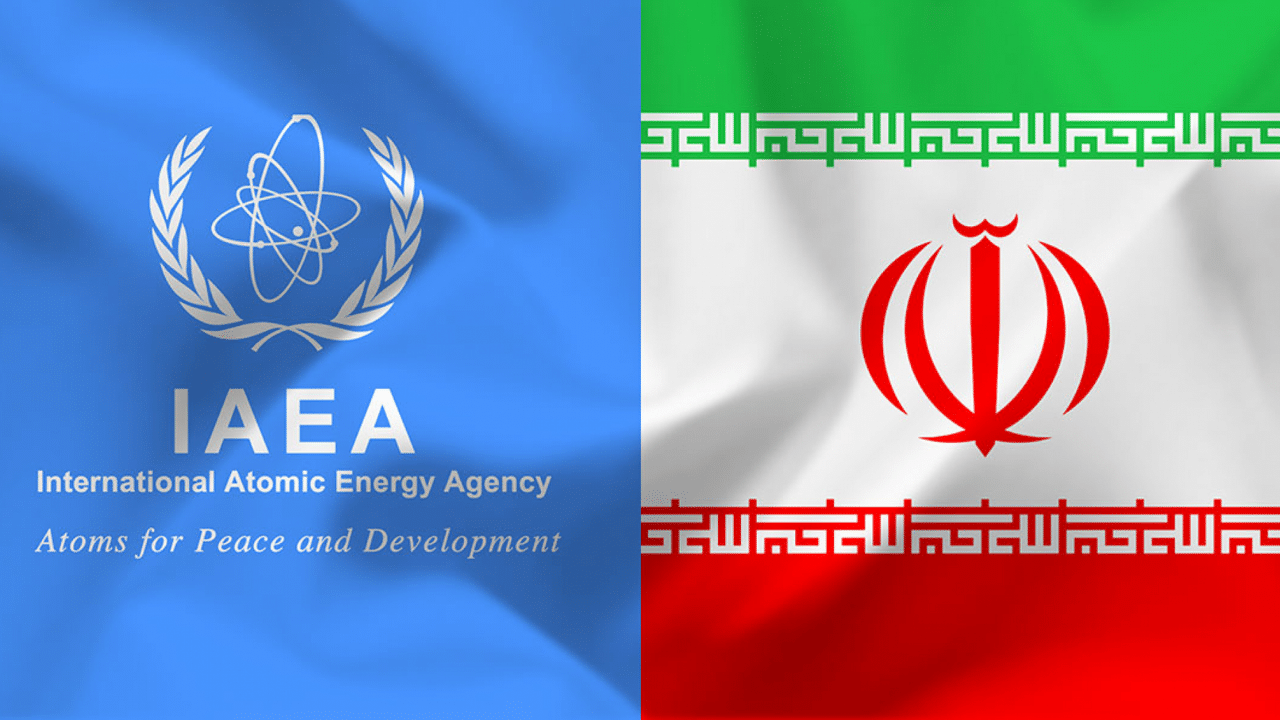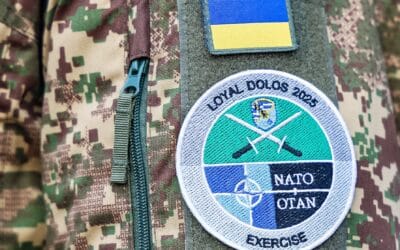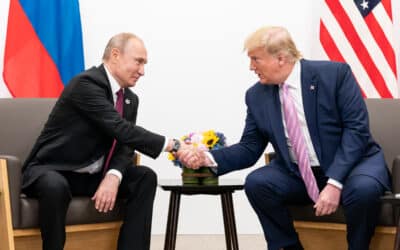Tehran has put to bed at least two of the UN nuclear watchdog’s outstanding inquiries over one of the three so-called ”undeclared sites,” where trace particles of unprocessed uranium had been found previously, as well as some recently discovered highly enriched uranium particles, the Associated Press reported on Wednesday.
Two confidential quarterly reports written by the Vienna-based International Atomic Energy Agency (IAEA), to be shared with member states, revealed that inspectors no longer have questions regarding uranium particles found to be enriched to 83.7% at Iran’s underground Fordow nuclear facility.
In February, when reports initially emerged about the particles nearly enriched to 84%, still below the minimum 90% needed for weapons-grade, the IAEA along with Iran appeared unalarmed and ready to cooperate to resolve the situation together.
”The issue is whether it was a blip in the reconfigured cascades or deliberate. The [IAEA] has asked Iran for an explanation,” a diplomat told Reuters at the time, while Tehran claimed the particles may have accidentally formed during cascade configuration.
Iranian authorities have since maintained that the particles were simply a byproduct of their current enrichment, the pledged upper limit of which is 60%, as particles can reach higher enrichment levels in fluctuations.
The IAEA report, seen by the AP this week, said the agency clarified with Tehran that “following its evaluation of the data, the agency had assessed that the information provided was not inconsistent with Iran’s explanation … and that the agency had no further questions on this matter at this stage.”
The documents also confirmed reports seen in Iranian media this week that the inspectors closed off their investigation into traces of unprocessed uranium at the Marivan site in Abadeh County, one of the “undeclared sites.”
The issue is controversial because there was never any proliferation risk – regarding the trace particles themselves – and it has long been used to thwart diplomatic progress on saving the Joint Comprehensive Plan of Action, the Iran nuclear deal. Tehran has consistently pledged that it already provided full documentation to the agency, as well as allowed inspectors to access the sites, to satisfy its inquiry. But Washington, the E3, and the IAEA, ceding to the American side’s pressure, claimed the Iranians have until now been uncooperative.
Analysts were trying to link the trace particles to a secret military nuclear program and accused Iran of having carried out high-explosive tests there during the early 2000s. An alternative explanation seen in one of the reports, viewed by the AP, was that “another member state” had operated a mine in the area during the 1960s and 1970s when the CIA-installed Shah Mohammad Reza Pahlavi controlled Iran.
Tehran argues the traces could have originated from “laboratory instruments and equipment” used by miners at the former site. The IAEA concluded this was “a possible explanation,” adding that the agency “at this time has no additional questions on the depleted uranium particles detected at Marivan … and the matter is no longer outstanding at this stage.”
































